The importance of the functions of the teeth in our day-to-day lives can easily be underestimated, but not when you understand how much you actually depend on them. One of the primary uses of teeth is to chew food.
All the different types of teeth have various functions in the chewing process, but they all work together. Just think of it this way–if you love meat and you do not have teeth, you wouldn’t be able to enjoy the different flavours of meat available, mainly because not only does chewing break down the food for easier digestion, but also because it releases the flavours in certain foods.
Besides, teeth are a huge part of our business and social lives. They help us in smiling and speaking. The following are some of the different types of human teeth.
1. Incisors
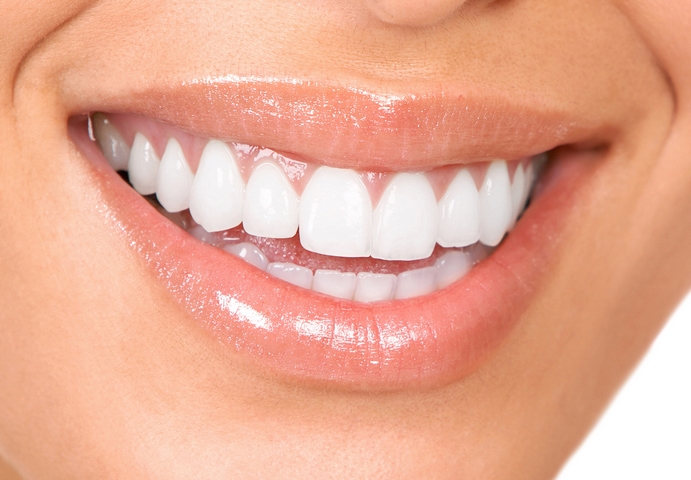
The incisors are found at the center of the top and bottom gum, making them major contributors to smiling. In most cases, the incisors are the first adult teeth to appear after the baby teeth. In total, the number of incisors found in the mouth is eight; four in the top gum and four in the bottom gum. You can tell apart incisors by their flat bottom. The positioning of these teeth in the mouth and their narrow edges help in taking the first bite, which involves cutting, tugging and pulling food into the mouth.
In relation to the other types of teeth, the incisors are located between the canines. Because of the importance of these teeth in both talking and smiling, the incisors are also known as anterior teeth.
2. Canines
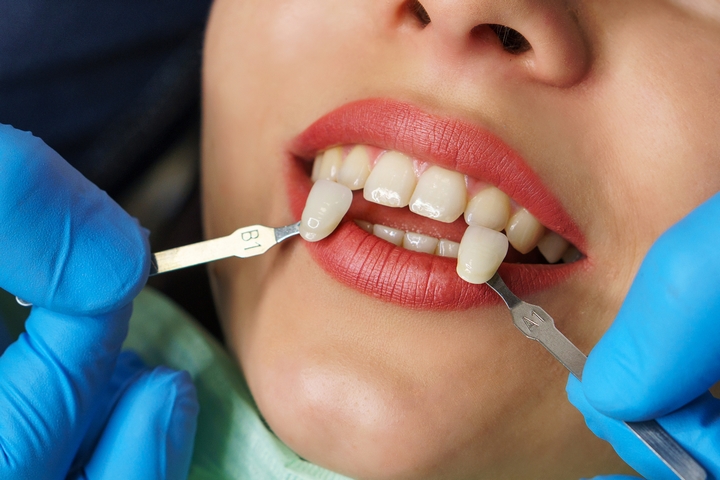
Another name for the canine teeth is cuspids. They are located on either side of the incisors and can be described as sharp-pointed teeth. The canine teeth can link the human mouth with the mouth of a carnivorous predator such as a wolf or tiger. You can easily tell the role of the canine teeth in the mouth by just how they look. They are used to tear and rip apart meals. You could say that canines do most of the heavy lifting in relation to the other types of teeth.
Just think about it, when attempting to separate a piece of meat from its bone, you almost always use your canines. In most cases, the permanent canine teeth usually appear around the age of ten; the bottom ones appear first, followed by the upper ones. Another unique feature of canines is that they are the only group of teeth with one root. They are also the longest.
3. Molars
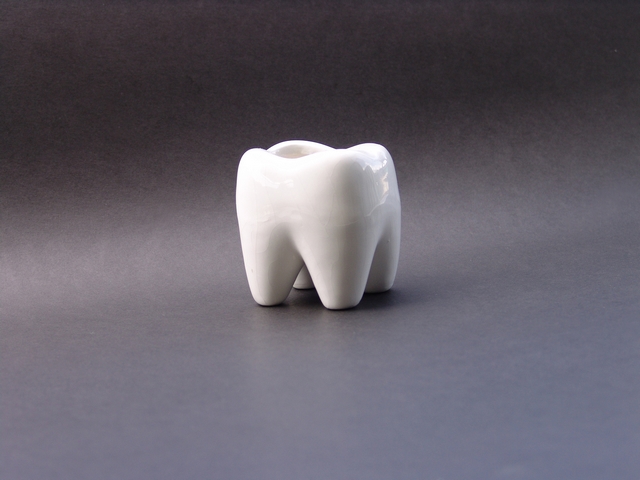
Molars are pretty large compared to other types of teeth. They are flat and are located at the back of your mouth. They will typically appear between the ages of 10 to 12 years. The primary use of molar teeth is to grind food during chewing. They break down food into smaller and easily consumable pieces, and it is probably the last stop before swallowing.
What distinguishes the molar from the premolar is that the former has four points or cusps. Molars usually have fissures and pits between the cusps that trap bacteria and food. This is why they are at a higher risk of developing cavities. All molars have a minimum of two roots, but in most cases, the upper molar has three.
4. Premolars
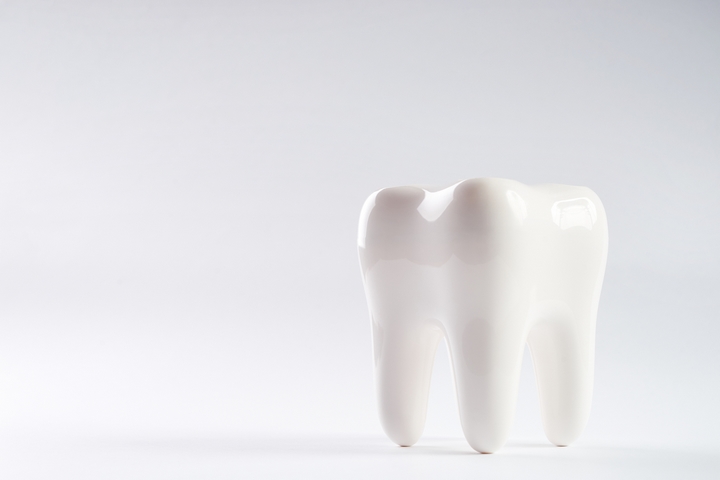
These teeth are also known as bicuspids. Just as the name suggests, premolars typically appear before the molars. Often, they appear around the age of 9 to 11 years. The premolars are located next to the canines and in front of the molars. While a molar has four cusps, a premolar has only two. Apart from the upper first bicuspids, which usually have two roots, premolars have single roots
5. Wisdom Teeth
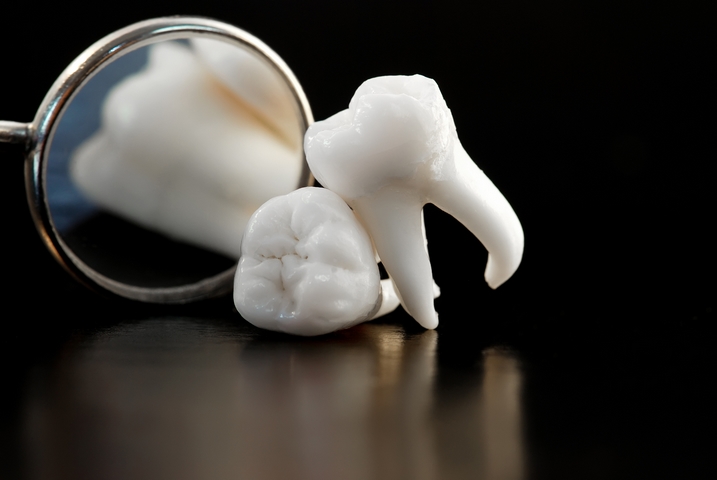
Wisdom teeth are also known as the third molars. This is because they are often the last teeth to appear in a human mouth. Most people prefer getting their wisdom teeth removed by a professional dentist because they are located at the furthest end of the jaw and can cause problems if not removed.
In the past, the human mouth was big enough to accommodate these additional teeth with ease. This allowed them to chew coarse foods such as leaves, nuts, roots and tough meat. In most cases, they appear at around the age of 17 to 25 years (this is the age at which people are said to mature). This is partly the reason they are referred to as wisdom teeth
6. Deciduous Teeth
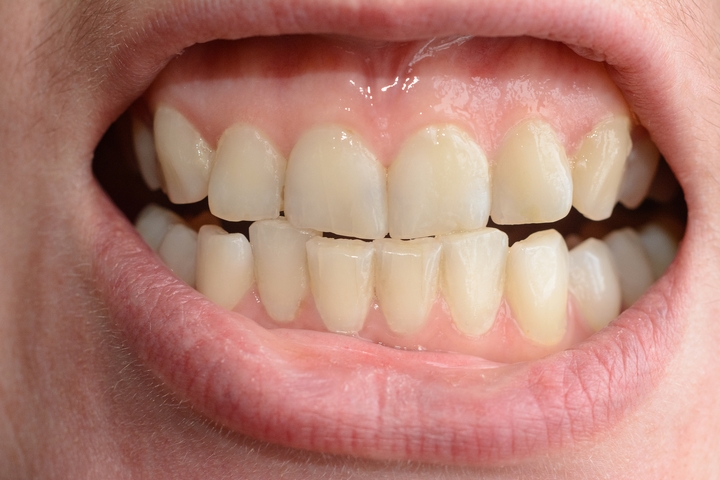
These are also known as temporary teeth, baby teeth, or milk teeth. Milk teeth are first to appear in the early stages of human development. At some point in the growth process of humans, the milk teeth fall off and are replaced by permanent teeth. Milk teeth usually appear when a human baby is around 6-12 months old.
All the above types of human teeth have their place and function in the development of humans. If any of your teeth might be hurting, visiting a dentist and getting the appropriate dental procedures might be your best solution.

